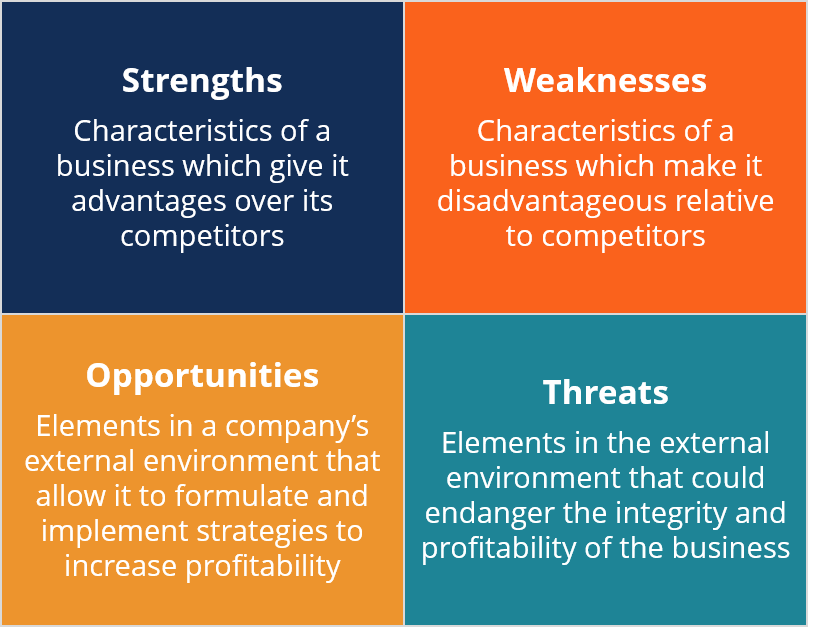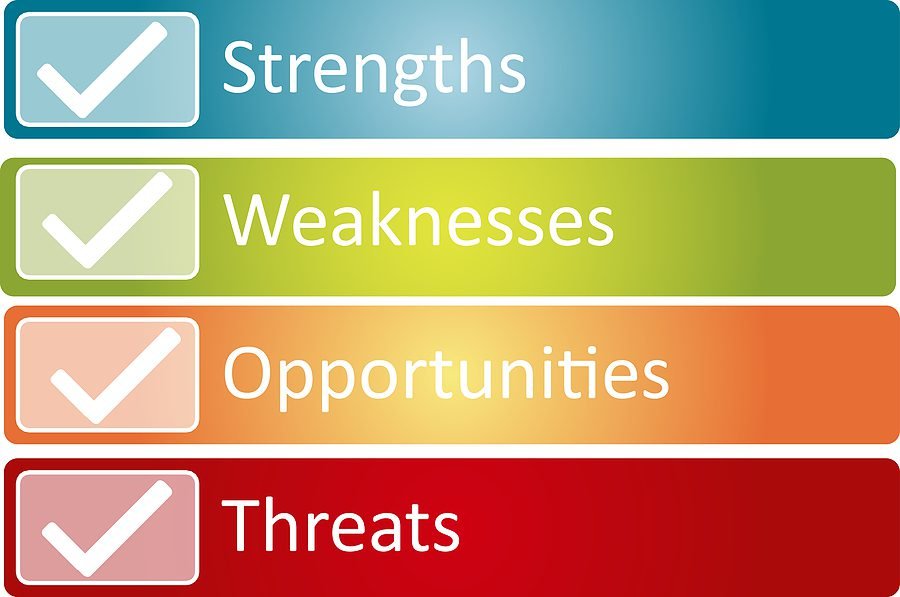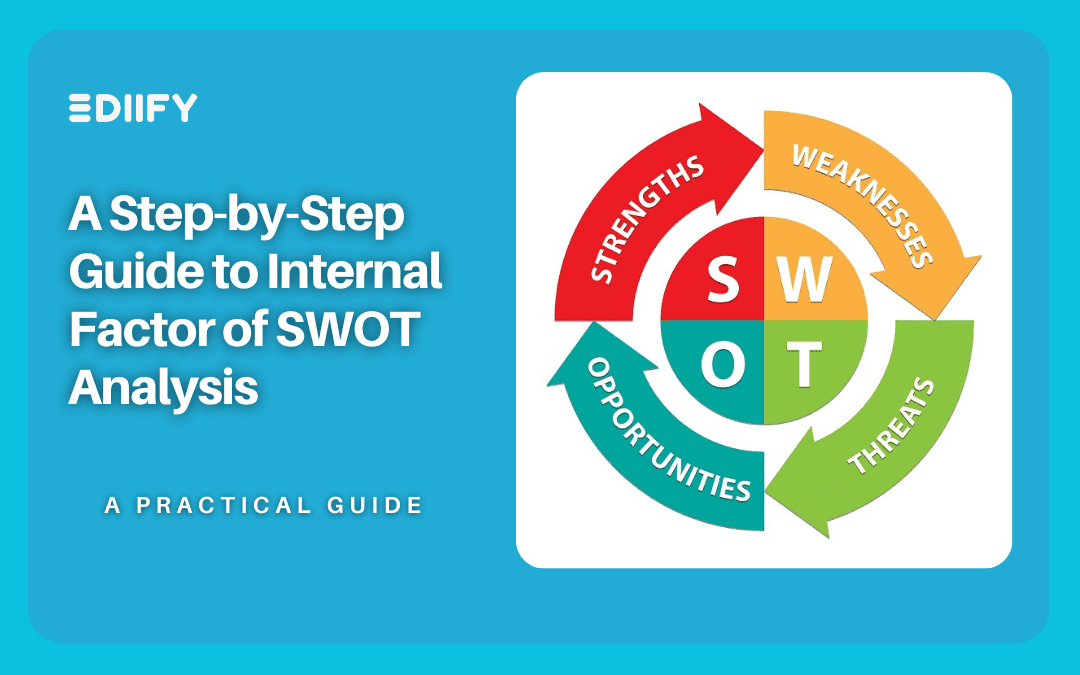Introduction:
In today’s ever-evolving business landscape, strategic planning plays a crucial role in determining an organization’s success. Among the various tools available, SWOT analysis stands out as a fundamental method for assessing both internal and external factors influencing a business. This blog delves into the internal facet of SWOT analysis, focusing on strengths and weaknesses. Understanding these internal factors is crucial for organizations aiming to capitalize on their advantages and address areas requiring improvement.

Internal Strengths: Unleashing the Power Within
Strengths are the inherent capabilities and resources that distinguish a company from its competitors. These internal factors serve as the foundation upon which success is built. Identifying and leveraging strengths is key to gaining a competitive edge.
Innovation and Technology: Companies that invest in cutting-edge technology and foster a culture of innovation position themselves as industry leaders. Whether through state-of-the-art products or streamlined processes, innovation often becomes a cornerstone of internal strength.
Talented Workforce: An organization is only as strong as its people. A skilled and motivated workforce contributes to increased productivity, creativity, and adaptability. A company with a pool of talented individuals can more effectively navigate challenges and capitalize on opportunities.
Robust Brand Image: A strong and positive brand image can be a significant internal strength. It fosters customer loyalty, attracts top talent, and can act as a buffer during challenging times. Consistency in delivering quality products or services contributes to building a resilient brand.
Take a view at the below blog Unlocking the Concept of swot analysis
https://ediify.com/unlocking-the-concept-of-swot-analysis/
Internal Weaknesses: Addressing the Cracks in the Foundation
On the flip side, weaknesses are internal aspects that hinder an organization’s ability to compete effectively. Identifying and addressing these weaknesses is crucial for sustainable growth and overcoming potential pitfalls.
Outdated Technology: In an era of rapid technological advancements, clinging to outdated systems can be a significant weakness. It may lead to inefficiencies, increased costs, and an inability to meet evolving customer expectations.
Poor Internal Communication: Effective communication within an organization is paramount. Weak internal communication can result in misunderstandings, delays, and decreased morale. This weakness can cascade into other areas, affecting overall performance.
Lack of Diversification: Relying heavily on a single product or market can be a vulnerability. A sudden shift in consumer preferences or economic downturns can have a severe impact on the business. Diversification becomes a strategic imperative to mitigate such risks.
Take a look at the below the tug of war strategy
https://ediify.com/tug-of-war-strategy-strategies-for-success/
Conclusion:
In the intricate dance of business strategy, understanding and dissecting internal factors through a SWOT analysis is indispensable. Strengths provide the foundation upon which an organization can build and thrive, while weaknesses highlight areas that demand attention and improvement. Striking a balance between leveraging strengths and addressing weaknesses is the key to sustained success. As businesses continue to evolve, a robust SWOT analysis remains an invaluable tool for steering organizations toward prosperity in an ever-changing landscape.

For more information visit the mentioned website
https://www.marketingwithclass.com/swot-internal-strengths-and-weaknesses/


